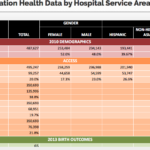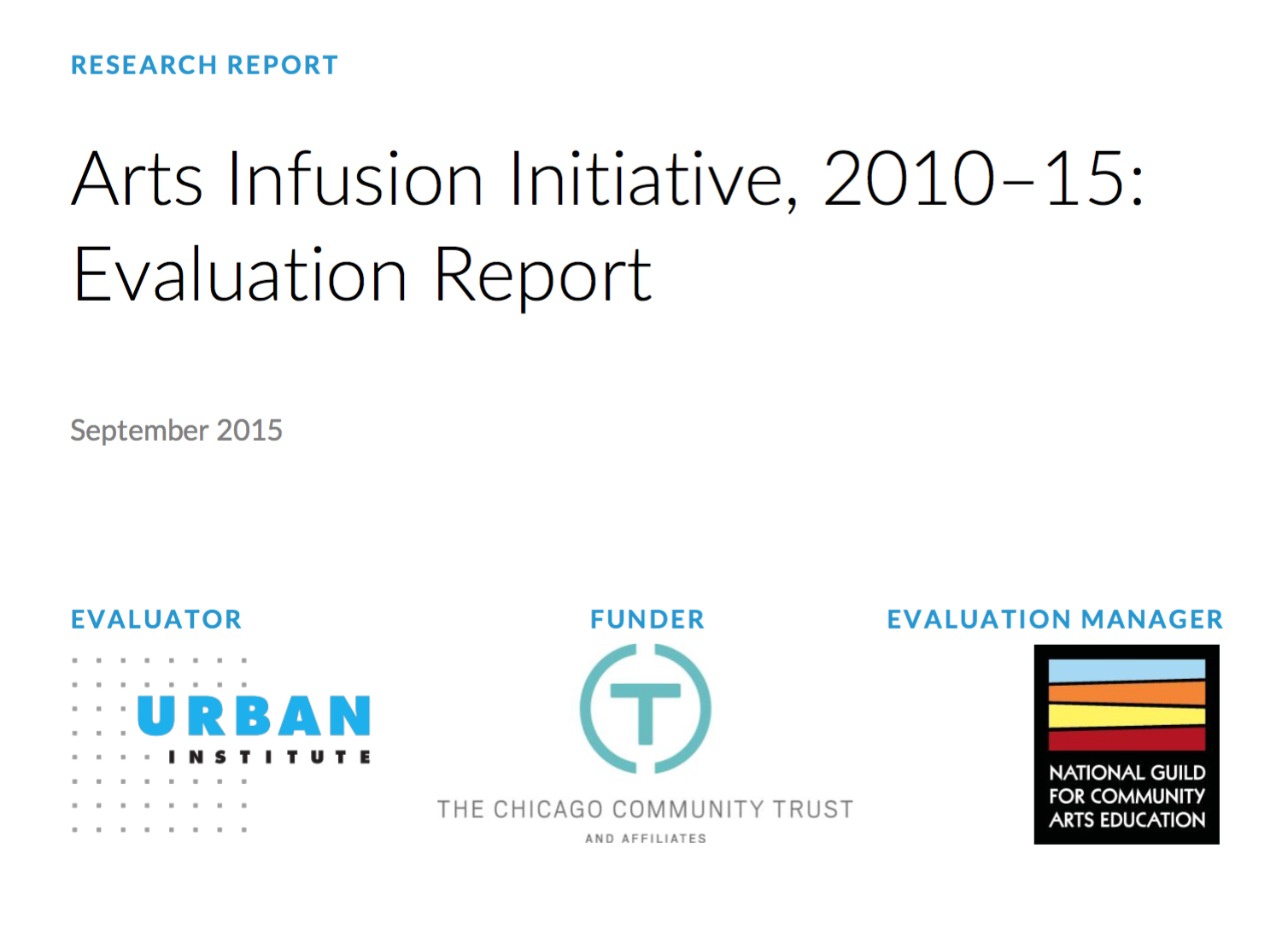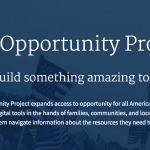Is There A Backwards Slide?
In a June 2016 GALLUP article by Jeffrey M. Jones and Nader Nekvasil it was reported that U.S. Healthcare Insecurity was at a record low as “fewer Americans reported not having enough money to pay for necessary healthcare and/or medicine.”
These findings are based on interviews conducted daily from January 2008 through March 2016 as part of the Gallup-Healthways Well-Being Index. Gallup and Healthways classify Americans as healthcare insecure if they report being unable to pay for healthcare and/or medicines they or their family needed at some point in the past 12 months.
Overall, the percentage of U.S. adults with healthcare insecurity has dropped 3.5 percentage points since the fourth quarter of 2013. This drop in healthcare insecurity coincides with the decline in the percentage of uninsured Americans, which has fallen from 17.1% in the fourth quarter of 2013 — just before the Affordable Care Act’s requirement that Americans have health insurance went into effect — to 11.0% in the first quarter of this year.
The increase in the percentage of Americans having health insurance is likely a key reason why fewer Americans are struggling to pay for healthcare. Generally, those without health insurance are at least three times more likely to report not having enough money for healthcare/medicine than their counterparts with health insurance. In the most recent quarter, 41.8% of the uninsured said they had struggled to pay for healthcare costs, compared with 12.3% of those with insurance.
As a certified ACA In-Person Counselor it is quite frightening to consider the cost in lives that an ill-advised, ill-conceived repeal of the Affordable Care Act will cost. This gives me great pause and concern about how the most vulnerable populations will survive. I worked with hundreds of families between 2014-2015 in Illinois who were able to gain and afford coverage under the provisions of the ACA. Families that otherwise who would have not received emergency and necessary care, including surgeries that saved lives. These changes will not only affect the Black and Brown communities, they will impact all impoverished communities. The buzz words being offered are “everyone will access to healthcare” well you can have “access” to a multitude of services in a free country. However, if you can’t afford them is it really accessible.
As reported in CRAINS Chicago Business, in Illinois, more than 1 million people gained insurance under the ACA, and, of those, 650,000 qualified under a Medicaid expansion that House Republicans appear keen to let bleed. Estimates from the Congressional Budget Office project that the ranks of the uninsured would double by 2026, which would mean a step back into the time warp of too many people delaying treatment and then landing in emergency rooms after their problems are critical. For taxpayers, it’s much cheaper to keep tabs on a diabetic than it is to pay for kidney dialysis or limb amputations—two very real outcomes when the disease goes untreated.
What Do We Stand To Lose?
While Medicaid expansion, minimal essential coverage, zero lifetime maximums and free preventative services are on the table to be repealed, another provision of the ACA is the requirement for hospitals to conduct “community health needs assessments” to justify the tax exemptions they receive for providing “charity care”. These community health needs assessments uncovered and confirmed what may sociologists and human service professionals already new. There are other social determinants to health. Health is holistic and includes more than a patient’s medical history. These social determinants include but are not limited to:
- Access to healthy food (Food Deserts)
- Susceptibility to violence (Domestic and Community)
- Housing Insecurities
- Unemployment
- Access to transportation
- Behavioral Health
Many hospitals as a result of the CHNAs developed or grew programs to address these problems in their communities. “These plans will improve population health, reduce costs and result in better quality care. Furthermore, these plans provide new opportunities for hospitals to invest in upstream interventions– working to make policy, systems and environment improvements that will impact the communities in which they serve.”-Bechara Choucair, M.D, Former Commissioner, Chicago Department of Public Health
“If the ranks of the uninsured or underinsured grow, then charity care will increase. And the ability to do some of these more creative efforts will be hampered.” said -Joan Quinlan VP for Community Health Massachusetts General
Tools We Can Use
The Chicago Department of Public Health will be deploying an updated version of the Chicago Health Atlas which will include the findings, strategies and implementation plan from Healthy Chicago 2.0. Data from this collaboration is being used to identify and address 10 priority areas to focus community health improvement efforts on over the next 4 years. These priority areas include both health outcomes and social determinants of health, as well as public health infrastructure elements like partnerships and data.
The Chicago Health Atlas is a resident facing Web site for displaying aggregate health-related information on a map so that people can see the prevalence of specific health conditions in their area and find out how they can improve their health and get information about health care provider options in their communities.
What Now: After The Vote?
So, what now? What next? This is a small victory, a reprieve if you will. This will undoubtedly rear it’s head again before this Presidency ends. We must continue to “Listen.” Listen to the stories of the residents and Americans whose lives and health was positively impacted by their ability to obtain health care either through the Marketplace or through expanded Medicaid coverage. We listen to the lawmakers from our state and follow their comments and votes on the measure which will change the lives of many Chicagoans. We listen to seek to understand the elements that do need to be changed; and change them for the good. This is not a partisan issue. Everyone in Illinois who is concerned about the well-being of our fellow citizens should be concerned about the impact of this process on our city and our state.






